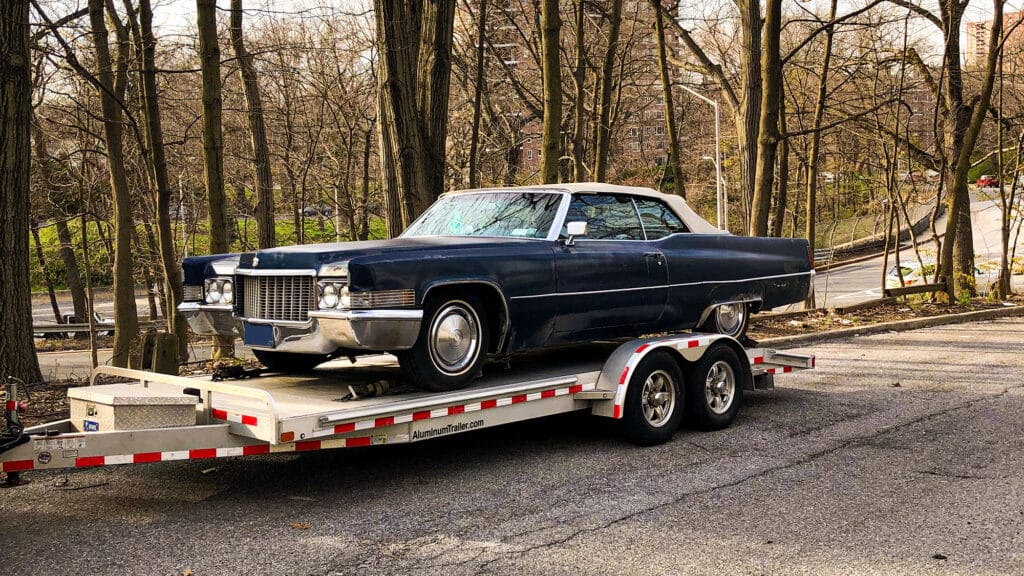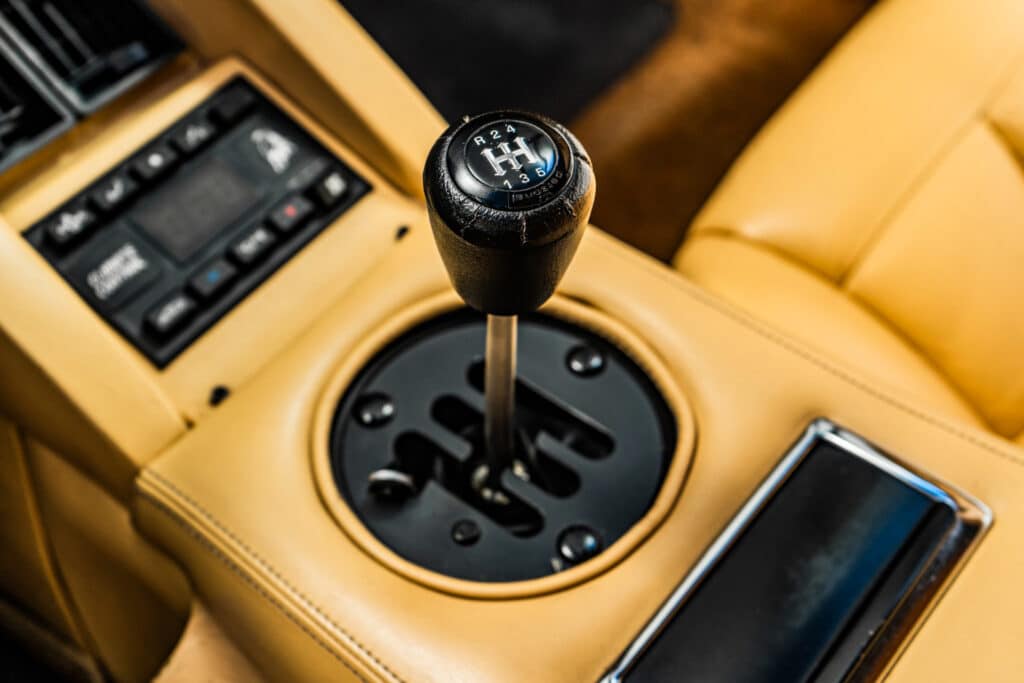Car enthusiasts share a unique bond with their prized possessions, especially when it comes to modified or classic cars.
Often, these cars are only seen on social media or various car shows; in many instances, they’re what we commonly, and teasingly, refer to as “trailer queens.”
When the time comes to transport these treasures, a specialized approach is necessary to ensure a smooth and secure journey.
In this article, we’ll delve into the key considerations for shipping enthusiast cars, so you’ll know what to look for in a transport company and which questions to ask before hiring them.
Factors to Consider When Using Car Transport Services

If you’re a car enthusiast, you’re going to need specialized car logistics services sooner or later, whether you’re into stance cars, classic cars, or lowered JDM cars a.k.a shakotan.
There will be many occasions when your car needs to be transported, such as if you’re taking delivery from an auction, getting your car back from the paint shop, or if you’re moving across the country.
“Typically, when moving a high-value vehicle like a classic car, the transporters know how to handle it. However, as the owner, it’s still worth communicating any information to the transporter that is unique to your vehicle”, says Debbie Boyce, CEO of Reindeer Auto Relocation.
“Low ground clearance, a recent restoration, or a high-powered vehicle with a difficult clutch are common examples of things that are important to explain ahead of time.”

Let’s dig deeper into are some key things you need to consider before hiring a transport provider.
Ensure the Transport Company Can Handle Lowered Cars

One of the primary concerns when transporting modified or classic cars is ensuring that the truck can handle vehicles with low clearance.
Many enthusiast cars, especially those that are lowered for either performance or aesthetics, have little to no ground clearance.
If you’re shipping a lowered car, it’s crucial to communicate this information to the transporters.

Doing this will allow them to select the appropriate equipment and take necessary precautions during loading or unloading.
If the transport company you’re dealing with doesn’t have any experience with shipping a lowered car, we suggest finding someone who does.
Dealing With a Difficult Clutch or Gearbox

In an automotive world where most new cars feature an automatic transmission, it can sometimes prove difficult to find someone who even knows how to operate a manual car.
To make matters worse, classics and properly modified cars often come with even more challenges in this regard.
These include multi-plate clutches that function more like on-off switches, and old cars with heavy clutches.
It could also be more of a gearbox “problem”, such as a dogleg gearbox where the gears aren’t found in the traditional place — such as the Euro e30 BMW M3 and Mercedes-Benz 190E 16v Cosworth — or even a sequential gearbox.

If you own a car with a challenging clutch or gearbox, it’s essential to inform the transporters in advance, as a car’s specific characteristics will require certain expertise.
Providing them with this information ensures that the transporter is prepared to handle the vehicle with care, minimizing the risk of any mechanical issues during transport.
Consider an Enclosed Trailer

Security and protection are paramount when it comes to shipping enthusiast cars, and thieves aren’t the only concern to factor in here.
While open transport is a common and cost-effective option, it leaves your modified or classic car exposed to the elements, which can potentially cause damage.
Consider going for an enclosed trailer instead, not only for enhanced security and protection from dodgy people but also to shield the car from road debris and weather conditions.
This is especially crucial if you own a rare car, have fitted expensive or hard-to-find body panels, or if it has a fresh coat of paint.
Insurance Check

Both classic cars and modified cars often come with unique parts that cost a lot of money. In some cases, these parts may even be impossible to obtain, meaning replacements need to be custom fabricated.
Before shipping your pride and joy, you should thoroughly review your insurance coverage to ensure your car is adequately protected.
It doesn’t end there, though. We highly recommend that you also make sure the transporter has enough insurance to cover the cost of any damage that might happen to your car while it’s in their care.
“You will also want to make sure the transporter has enough insurance to cover the cost of any damage that might happen along the way,” says Debbie.
The car should ideally arrive in the same condition that it was in before being loaded. Even if something goes wrong, at the very least, you won’t be out of pocket — as long as you have modified car insurance.
Handling Non-Running Cars (Project Cars)

Project cars, or any other vehicles in non-running or inoperable condition require additional attention during transport; even more so if you’re shipping a lowered car that runs.
It’s important to confirm if the shipping company has the expertise and equipment for non-running car transport.
Specialized care may be needed to load, secure, and unload non-running cars, ensuring a safe journey from start to finish and avoiding any headaches.
Happy Haulin’

Whether you’re shipping a car lowered on bags or coilovers, a classic car, a Japanese street racing car, or anything else that’s a bit special, you need to be aware that it requires a tailored approach.
Contact a couple of transport companies and inform them about the specific details regarding your vehicle before making a decision.
Choosing the right transport company depends on your needs. Ask them about their different transport options, if they have experience with low cars, and ensure they have comprehensive insurance coverage.
Once that’s done, you should be able to enjoy a relatively worry-free journey for your prized possession.
How do you usually go about shipping your collectible car? Let us know by leaving a comment below.

